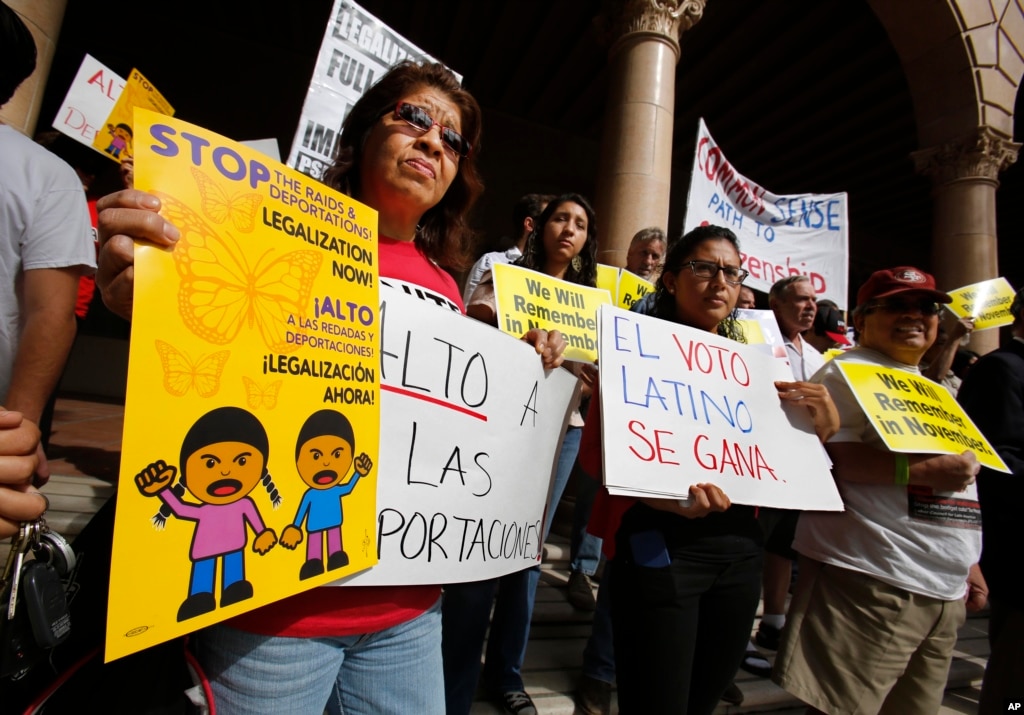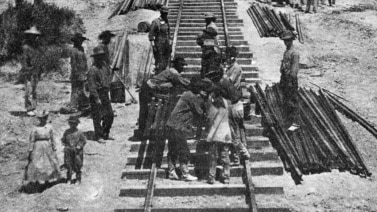
More immigrants live in the western state of California than anywhere else in the United States. Among the largest immigrant groups are Mexicans and Chinese. They may have come to the country legally or without legal documents. The two ethnic groups come from very different places, but they share many similarities.
Twenty-one-year-old Jonathan Wong is a fourth-generation Chinese and third-generation Mexican American. But people often wonder about his ancestry.
“They go, are you Filipino? Are you Mexican? Are you Pacific Islander? Are you Hawaiian?”
Although the cultures of his ancestors are very different, Jonathan Wong finds there is one thing both deeply value.
“The connection you have with your family, in general. Both of them are very family oriented.”
Like many immigrants, his Mexican and Chinese ancestors came to the U.S. for a better life.
Shelley Fisher Fishkin is director of the American Studies Program at Stanford University in California.
“The Chinese who came to the U.S. in the middle of the 19th century and then Mexicans who came at the end of the 19th century or early 20th century were lured by the possibility of creating opportunities for their families that were not possible in their home countries.”
The new immigrants often faced hardship and discrimination. They worked as laborers, either as modern-day Mexican farm workers or as Chinese railroad workers in the 19th century.
An art show examines the two immigrant experiences. The exhibit can be seen at the Chinese American Museum in Los Angeles. One artwork has railroad tracks buried under a small mountain of fortune cookies. Artist Hung Liu created the work. It is meant to represent the early Chinese immigrants who came to dig for gold or work on the railroads.
“The very reason the Chinese first came here is to escape from the economic despair in China.”
Steven Wong is the curator of the Chinese American Museum. He says immigrants from China and Mexico still come to the U.S. He adds that immigration remains an important issue.
“I think not a lot of people realize that there still is a lot of unskilled labor coming in from both communities and not a lot of people know, too, when it comes to immigration and immigration reform, usually people associate that with “Oh, that’s a Latino issue.” But that is also a big Asian issue of undocumented immigrants coming in also -- specifically Chinese.”
In the Los Angeles area, both groups often live in ethnic neighborhoods. Artist Tony de los Reyes experienced this while growing up in Los Angeles. Mostly-Mexican East Los Angeles is one ethnic area. Next to it is Monterey Park, a mainly Chinese community. While these immigrant groups may live near each other, Tony says the two do not often mix.
“You’re going to have this push and pull between not wanting to be in a place because the culture is different and then also being attracted to it.”
But Jonathan Wong says such borders are becoming less clearly defined. That is why he is not surprised that his parents met and got married.
“Look like how much blending there is. It’s not even weird at all like how they would have met and how they could have come across each other and hit it off.”
He expects more mixing of the two cultures in other parts of the United States, as immigrants and their families continue to seek the American dream.

